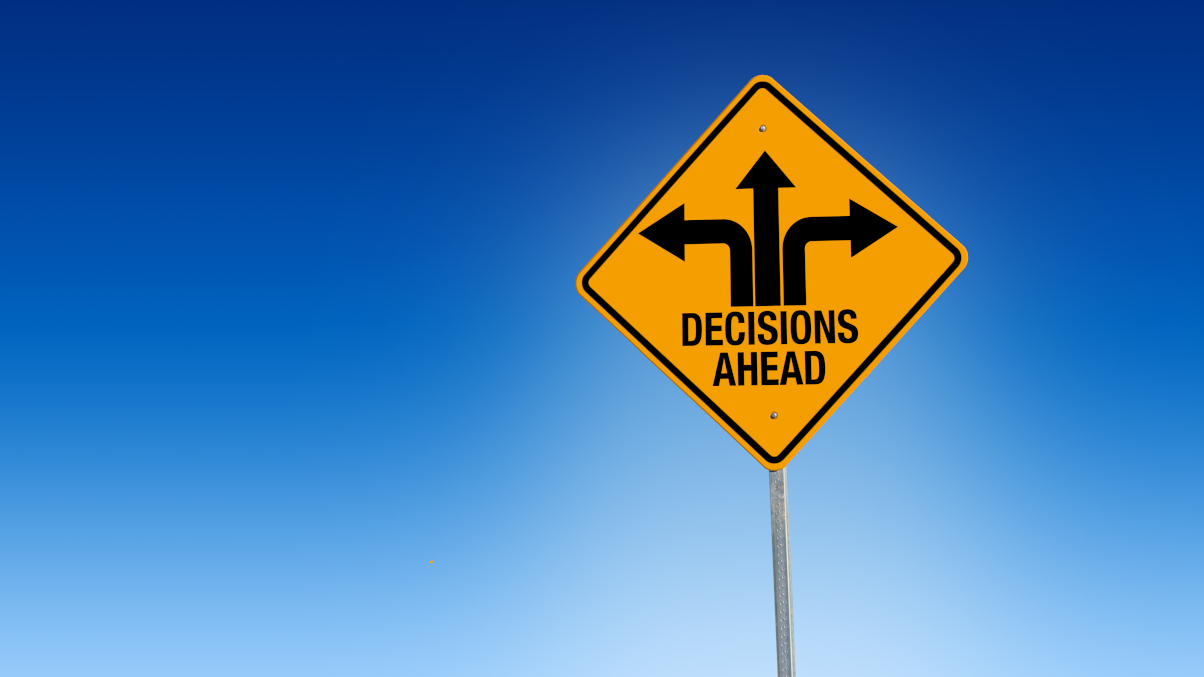
Innisfree houses a robust internal marketing agency called Bee Loud. Recently, the executive team and many General Managers reached out to us with concerns about our digital advertising spend. We exceeded budget in 2017, and the trend appears to be continuing in 2018.
These concerns are valid. In fact, they keep us up at night and prompted the team to do an in-depth dive analysis of our digital advertising campaigns and strategy with our amazing digital advertising vendor.
We brainstormed a plan that is a fairly significant departure from our current advertising strategy. We plan to implement this new approach with the hope that it addresses latest trends in the fast-changing digital advertising landscape and improves our returns, while reigning in our wildly escalating costs.
Before we discuss the changes, let’s talk about the previous approach – and how we got here.
Bee Loud launched a digital ad program for Innisfree properties three years ago on Google Adwords and Facebook. Our strategies were fairly straightforward.
On Google, we wanted our hotel websites to appear at the top of the Search Engine Results Page (SERPS) when users searched for relevant terms, such as ‘hotels orange beach alabama.’
Our goal was to have our hotel website rank above Online Travel Agent listings (like Expedia and Booking.com) that appear for our hotels when users search these terms. We hoped that, if we could snag bookings from these ‘brand agnostic’ customers from the OTAs, we could decrease our commission costs. We also hoped to snag some business from our competitors via increased exposure.
On Facebook, our goals were aspirational. Social media users are typically at the top of the booking funnel (dreaming about a beach vacation) rather than in the process of actually choosing a hotel. Our advertising goal was to move users along the path from aspiration to purchase.
Last year, a lot changed in the digital advertising space that has necessitated a more sophisticated approach. First, the number of channels on which we can advertise has mushroomed. In 2017, we launched new digital advertising campaigns on Bing and Instagram. We also launched programmatic advertising campaigns for our independent hotels.
Additionally, we started using Expedia Search Ads to steal share from our competitors by paying per click to appear at the top of Expedia listings. The return on these ads is tremendous. Revenue managers at all major brands are advising properties to participate in Expedia Travel Ads. Hilton recently implemented a 20% advertising match budget to incentivize hotels to participate.
Furthermore, we started bidding on pay-per-click advertising campaigns on metasearch websites including Google Hotel Finder, Kayak, TripAdvisor and Trivago.
Finally, we are testing a new pay-per-click advertising platform on TripAdvisor.
In short, in 2017, the number of channels where we advertise grew significantly, as did the technological complexity of executing campaigns. Innovative opportunities for laser targeting consumers who are likely to buy our products exploded. The challenge last year is that we did not see this coming, so we failed to anticipate and budget for these new advertising expenses. We were also reluctant to cannibalize budgets from working ad campaigns to accommodate new channels.
We suspect this challenge is not unique to Innisfree.
The average consumer now communicates through five devices and visits twelve platforms before making a purchase decision. Five years ago, it was three devices and two platforms. Rapid growth is causing a proliferation of communication channels, and with them, new marketing opportunities and challenges for all businesses.
This makes deciding where to focus advertising budgets challenging. We can assess each channel individually and see in our analytics dashboards if our ad campaigns are producing revenue. What we cannot yet see is if our campaigns are moving consumers who would have booked anyway from one channel to the next. I know there are sophisticated data platforms that enable this, but we do not have the volume at this point to warrant the expense. This technology needs to advance a bit more before we can take advantage of it.
In a crazy digital landscape, it’s getting harder to determine what prompts a customer to buy. The path to purchase is longer and more complicated, making it more difficult to attribute what inspires consumer action. Consumers now move through too many channels to correctly assign the sale to any particular one.
For instance, just because the sale didn’t happen on a mobile device, doesn’t mean mobile didn’t play a role.The user likely used their phone to compare prices and read reviews. Also, we know that users typically do not purchase on Facebook, yet Facebook ads have a significant impact on awareness and aspiration. We are finding that even our customers can’t always tell us what touchpoint caused them to buy.
Additionally, turning ad campaigns off, we know producing results is a difficult decision when revenues are on the line. So budgets ballooned, and that trend is not diminishing this year.




